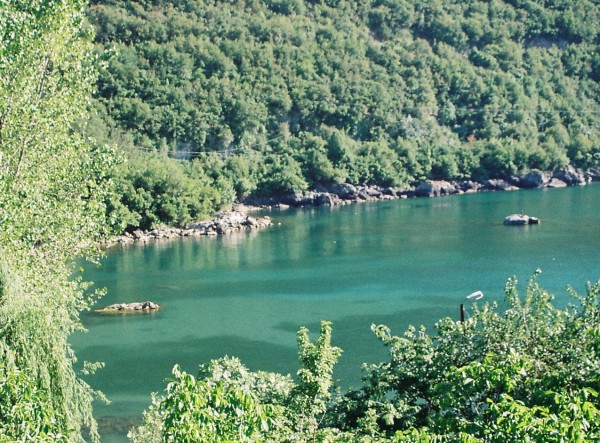

- #Gideros change restitution how to#
- #Gideros change restitution code#
- #Gideros change restitution Pc#
- #Gideros change restitution free#
Notice that this dummy is not even added to the stage. Line 1: toRender is a dummy Sprite, all the sprites that we want to clip will be added as a child to this Sprite instead of the stage. RenderTarget=RenderTarget.new(320, 240, true)
#Gideros change restitution code#
See for reference about the usage of renderTarget.įirst we add the following code right before the for cycle: toRender=Sprite.new() In this step we change the code in the following ways. Local info = TextField.new(nil, "drag the shapes around with your mouse or fingers") Shape:addEventListener(Event.MOUSE_UP, onMouseUp, shape) Shape:addEventListener(Event.MOUSE_MOVE, onMouseMove, shape) Shape:addEventListener(Event.MOUSE_DOWN, onMouseDown, shape) Shape:setFillStyle(Shape.SOLID, 0xff0000, 0.5) If self:hitTestPoint(event.x, event.y) then [[ĭrag the shapes around with your mouse or fingers In a nutshell, it puts 5 rectangular shapes in random positions and attaches mouse event handlers to each of them so that they are draggable. From now on we assume that you are familiar with this example and know how it works, so experiment a bit with it if you need. You should open it or start a new project with the same properties (320x480 logical dimensions etc.) and copy the code below. The set-upįor simplicity we modify an example that comes with Gideros, the Drag Me example.
#Gideros change restitution free#
This tutorial was made during the Sharebruary program of Gideros offering free limited licence for people creating tutorials during February of 2014, more info here:. I think reading this tutorial is also a good way to understand better some other features of Gideros (object oriented programming, sprite hierarchy, etc.). This tutorial should help you to use renderTarget in many other ways as well, not just simple clipping. As it's not evident how, I decided to make this tutorial to explain the details. On the other hand with the renderTarget feature you can actually do any kind of clipping. In Gideros you can do many things very simply and fast, yet clipping is an important feature that is not yet implemented in a straightforward way.
#Gideros change restitution how to#
Nevertheless this tutorial remains to be a good introduction on how to use renderTarget.

Remark: since the original publication of this tutorial, real clipping capability was added to Gideros, thus now it's easy to clip using the Sprite:setClip function, see details. This tutorial is assuming a beginner level knowledge of Gideros, although if you are familiar with any programming language/framework, you should be able to understand most of the codes and the tutorial. To start to develop your games in Gideros for free, go to. Gideros is a cross-platform mobile lua rapid game-development framework (currently for android/ios).

This is a tutorial about how to use renderTarget in Gideros, especially to achieve clipping. Gideros can then set the device orientation internally so everything is drawn correctly.Tutorial: Clipping in Gideros with renderTarget In that way the user can specify explicitly whether he wants a landscape or portrait window which Gideros would interpret as a landscape or portrait *device*. I think this should change so the first number is always width. (You must also specify LANDSCAPE_LEFT/RIGHT) If you want a landscape 480 wide, 320 tall window. Currently you always put the small dimension first, e.g. I think this can be fixed, but the first step is (IMO) to change how setWindowSize works. (For this reason, I disabled this option in the recent HTML5 version of Nebula which *was* exported by Gideros. I can change the app orientation (setOrientation), but not the *device* orientation in game. I can't currently reproduce this in Gideros. "device") toggles between portrait and landscape. Go to the options menu and press the "portrait/landscape" the app's window changes size and shape.
#Gideros change restitution Pc#
In that case, the window is the "device" and it can be portrait or landscape and this can change, either under program control (setWindowSize) or by the user.įor instance, if you run the PC version of Nebula Retro: (this version was not exported by Gideros, but my own "toy" SDK, but the Lua code is essentially the same) I think the whole issue of orientation is pretty complicated and I do think it needs to be generalised for desktop export where apps appear in a window which can be any size or shape.


 0 kommentar(er)
0 kommentar(er)
